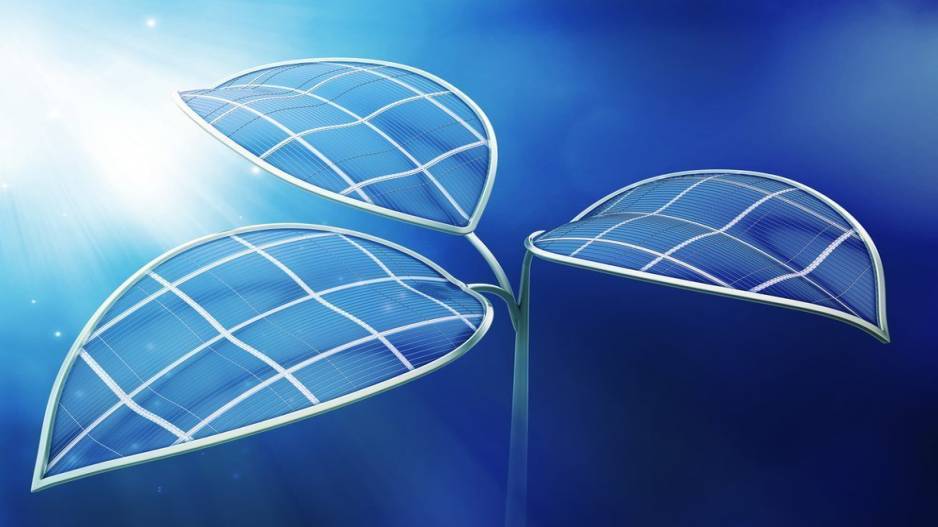Recommended Stories
Pune: Scientists have developed an artificial leaf that absorbs sunlight to generate hydrogen fuel from water, an advance that may provide clean energy for powering eco-friendly cars in the future.
The ultra-thin wireless device mimics plant leaves to produce energy using water and sunlight.
"It is known that hydrogen generation from renewable resources will be the ultimate solution to our energy and environment problems," said Chinnakonda S Gopinath, a senior principal scientist at the Council of Scientific and Industrial Research (CSIR)-National Chemical Laboratory in Pune.
Gopinath said that his team had been working in the area of water splitting to generate hydrogen for nearly a decade.
"Hydrogen burning gives energy and water as a side product, underscoring its importance and relevance to the present day world," he told PTI.
Though India basked in sunlight, not enough had been done to translate it into energy, he said.
"This line of research is very relevant to our country.
India is blessed with plenty of sunlight through the year that is not exploited significantly to produce energy or hydrogen," he said.
The device consists of semiconductors stacked in a manner to simulate the natural leaf system. When visible light strikes the semiconductors, electrons move in one direction, producing electric current.
The current almost instantaneously splits water into hydrogen - which researchers believe is one of the cleanest forms of fuel as its main byproduct is water.
At present, hydrogen is produced from fossil fuels by steam reforming and in this process emits a large amount of carbon di-oxide (CO2) - a green house gas that promotes global warming.
In view of pressing energy and environmental issues, it was important to produce hydrogen from natural resources such as sunlight and water, Gopinath said.
"In the present work, we have made an attempt to generate solar hydrogen. The preparation method reported is simple and practicable and hence there is a very good possibility of scaling it up," he said.
The research, published in the Scientific Reports, an online, open-access journal from the publishers of Nature, states that the device of an area of 23 square centimetres could produce 6 litres of hydrogen fuel per hour.
The work has been produced in the lab so far and a lot was still needed on the project, he said.
"But in the not-so-distant future, we could expect to see a car fuelled by hydrogen generated from the artificial leaf process on-board or stored during the day time," Gopinath said.
In the recent past, automakers have been offering cars powered by hydrogen fuel cells.
When exposed to sunlight for 25 hours, the device retained its efficiency. The cell does not need any external voltage and performs better than existing solar cells, he said.
"We have patented our work and looking for industrial partners to move ahead, especially to make bigger-sized devices towards different applications," said Gopinath.













